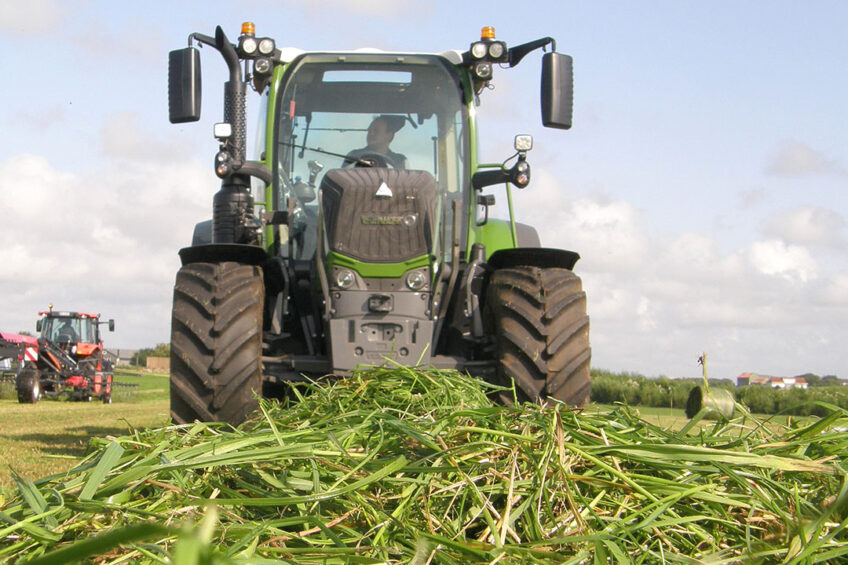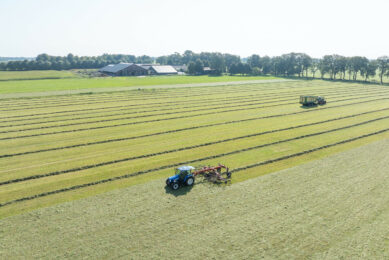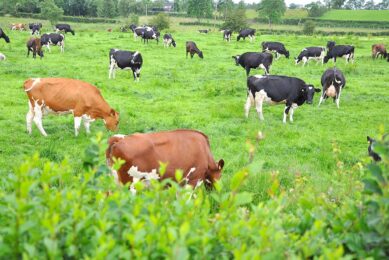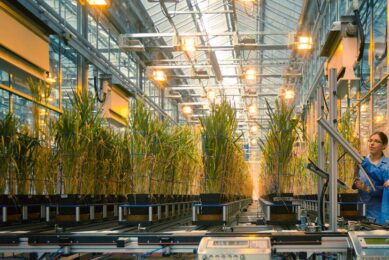Dairy farmers closely monitoring rocketing fertiliser prices

Dairy farmers that use artificial fertiliser to help boost spring grass growth are being urged to carefully consider their purchasing policies and calculate exactly how much quantity they might need.
The reason for this is that fertiliser prices are currently spiralling due to the global energy crisis, particularly with gas as that is used predominantly by fertiliser manufacturing plants.
Fertiliser production was halted in recent weeks by some of the major manufacturers across the world due to energy prices increasing but most have commenced production again.
Dairy farmers
With dairy farmers in the northern hemisphere entering winter, some will be thinking about forward buying fertiliser for use next spring to boost early grass growth.
Indeed some incidences of panic buying by larger farmers recently stimulated a knock-on effect of tighter supplies in some regions as well as causing further price increases.
Buying fertiliser also represents a significant cost, therefore these price increases will be an added pressure on incomes as the winter passes.
Some fertiliser merchants are still not quoting prices for early 2022 delivery but prices in late September hovered around €640 per tonne for nitrogen in the UK for November delivery. Imported ammonium nitrate supply was being quoted at €570 per tonne for the same delivery period.
Even though milk prices have been relatively good over the past 6-12 months, the cost of feed has also been higher. Buying fertiliser also represents a significant cost, therefore these price increases will be an added pressure on incomes as the winter passes.
Alexis Maxwell, an analyst at Green Markets, which is a business owned by Bloomberg, said: “As fertiliser prices continue to rise, farmers will either cut application rates, cut fertiliser entirely in hopes of lower future pricing, or cut other farm products to account for bigger expected spend.
For the average dairy herd recorded through our FBA service, the spend on fertiliser last year was £17,600, but next year this will be £36,800 at the same usage rates.
“Some are holding out before buying for the next growing season in hopes costs come down, but this is a risk since prices could continue to rise,” she said.
UK farm consultancy company, Promar International, said the costs of fertiliser on dairy farms could double next year.
Adam Atkinson, Promar farm business consultant: “For the average dairy herd recorded through our FBA service, the spend on fertiliser last year was £17,600 but next year this will be £36,800 at the same usage rates. These herds have 240 cows with an average of 9,000 litres per cow. Assuming they see no change in milk price, they will need to produce 64,000 litres more, 266 litres per cow, just to cover the increase in fertiliser costs.”
Reduce dependence on chemical fertiliser
There are a number of top tips available to dairy farmers advising them how to reduce their use of artificial or chemical fertiliser, particularly nitrogen.
These include precision fertiliser spreading when farmers assess fields carefully and measure grass regularly with a plate metre. Armed with data collected, farmers should then be able to identify poor performing paddocks and apply fertiliser only to areas that need it most.
Adding legumes into leys are a good method of fixing atmospheric nitrogen. High capture clover leys can capture and fix 150-250kg of useable nitrogen. It is worth noting that the downside of lots of clover is poor winter growth, therefore bloat risk management is needed.
Red clover is another option to consider as it fixes more nitrogen although is less persistent, lasting only 2-3 years. It works particularly well for silage leys, helping to produce high protein silage with minimum input.
Farmers can also consider using works alternatives such as digestate or poultry manure as well as the nitrogen from the cows’ slurry.










